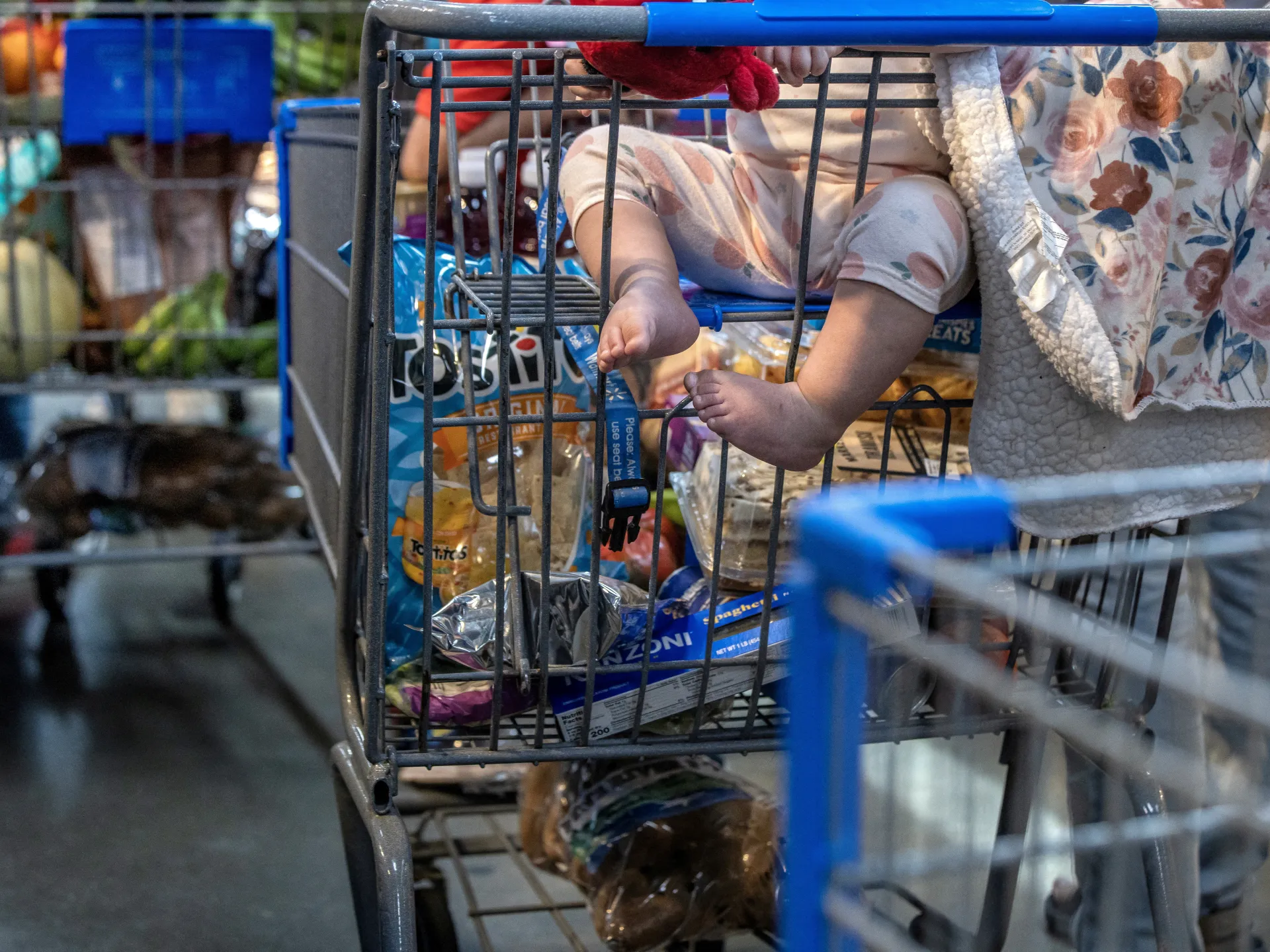US consumer confidence tumbles to lowest level since April | Business and Economy News
A sluggish job market lowers consumer confidence but may also lead to another rate cut from the Federal Reserve by the end of the year.
Published On 25 Nov 2025
United States consumer confidence sagged in November as households worried about jobs and their financial situation, likely in part because of the recently ended government shutdown.
The Conference Board said on Tuesday its consumer confidence index dropped to 88.7 this month, from an upwardly revised 95.5 in October, hitting its lowest level since April.
Recommended Stories
list of 4 itemsend of list
Economists polled by the Reuters news agency had forecast the index edging down to 93.4 from the previously reported 94.6 in October.
“Consumers’ write-in responses pertaining to factors affecting the economy continued to be led by references to prices and inflation, tariffs and trade, and politics with increased mentions of the federal government shutdown,” said Dana Peterson, chief economist at the Conference Board.
“Mentions of the labour market eased somewhat but still stood out among all other frequent themes not already cited. The overall tone from November write-ins was slightly more negative than in October.”
Consumer confidence remained low among all income brackets. While confidence among those who make less than $15,000 annually ticked up slightly, it still remained the group with the lowest consumer confidence.
The consumer confidence report was released amid a slowing labour market. The September jobs report, released late last week, showed 119,000 jobs were added to the US economy as the unemployment rate ticked up 0.1 of a percentage point to 4.4 percent.
However, there is limited economic data available to fully gauge the sentiment of the US economy because the government shutdown, the longest in US history, hindered federal agencies’ ability to gather the data needed to assess current conditions.
“More worries about what lies ahead … hence, putting purchases for major items on hold,” Jennifer Lee, senior economist at BMO, wrote to Reuters.
The economic data followed dovish comments from policymakers in the past few days that helped cement rate cut expectations.
On Monday, Federal Reserve Governor Christopher Waller said the job market was weak enough to warrant another quarter-point rate cut in December although action beyond that depended on a flood of data that was delayed by the federal government shutdown.


